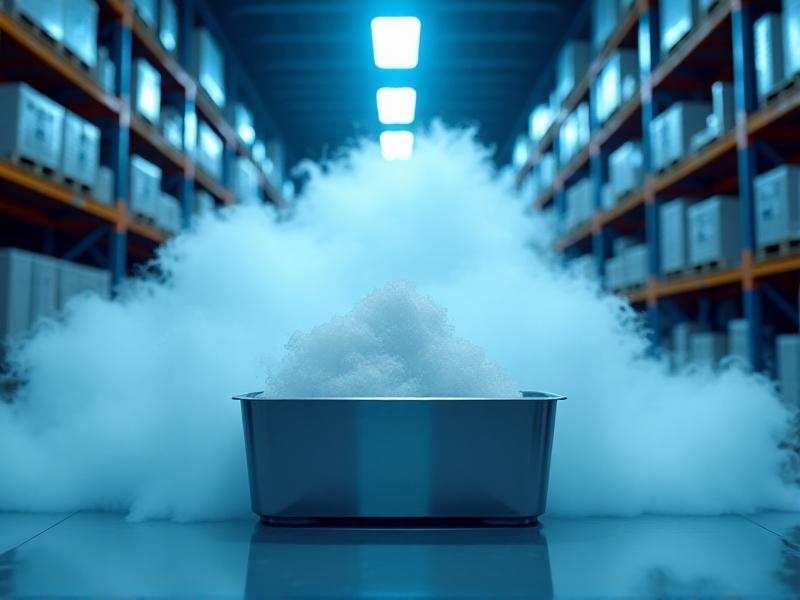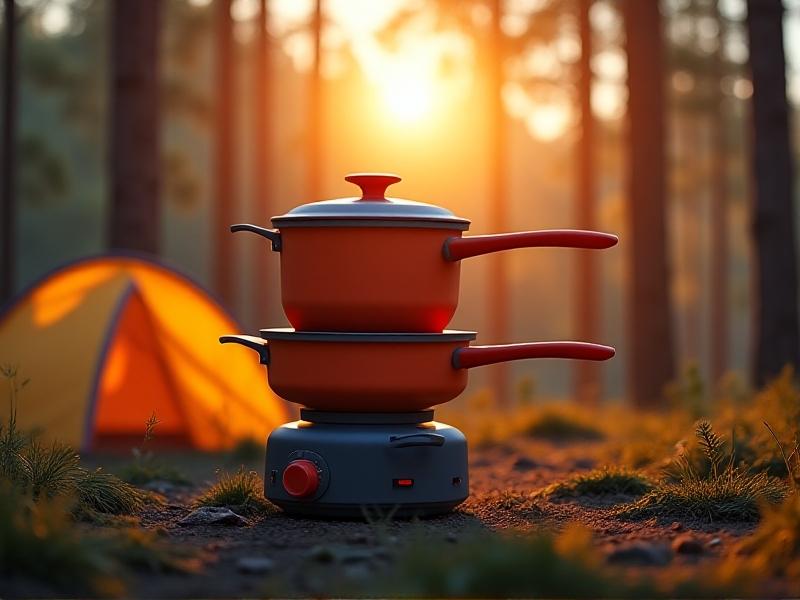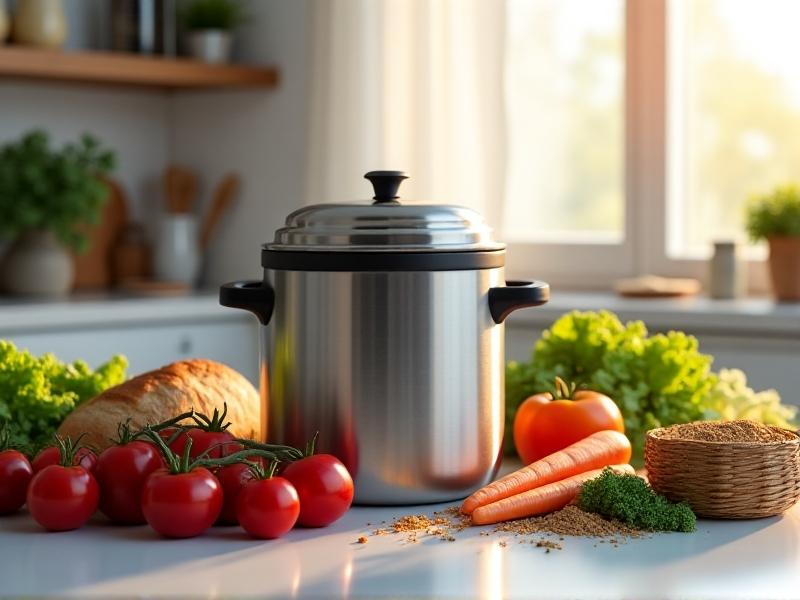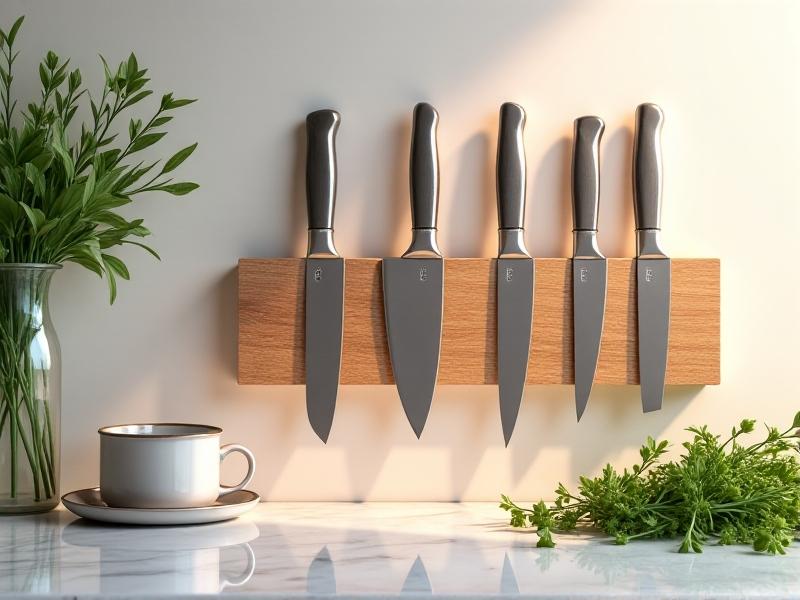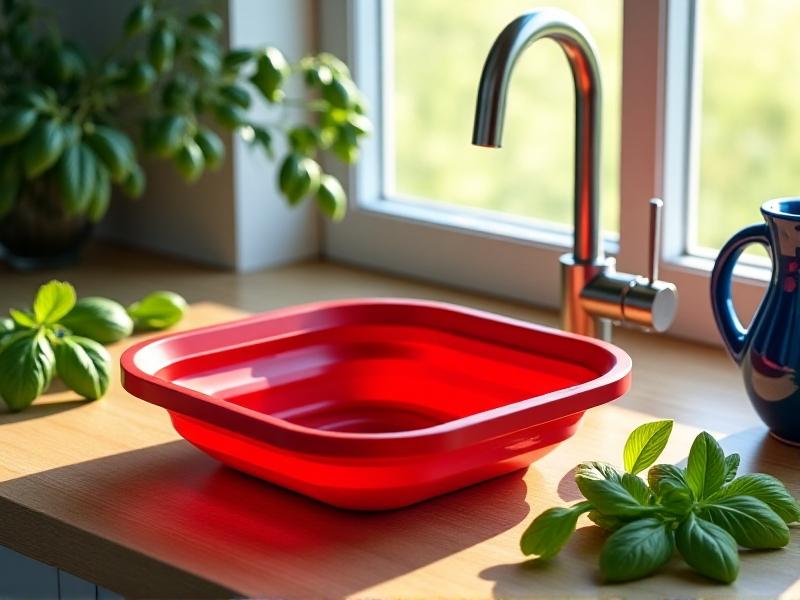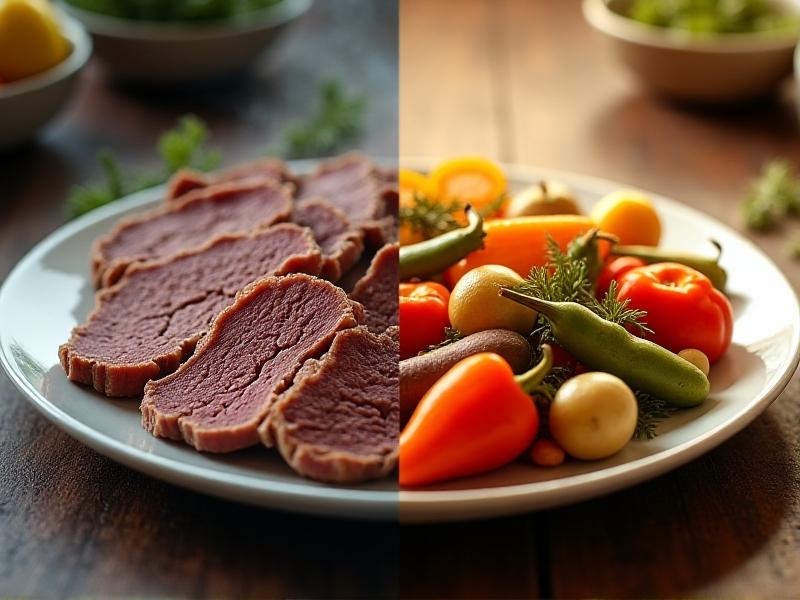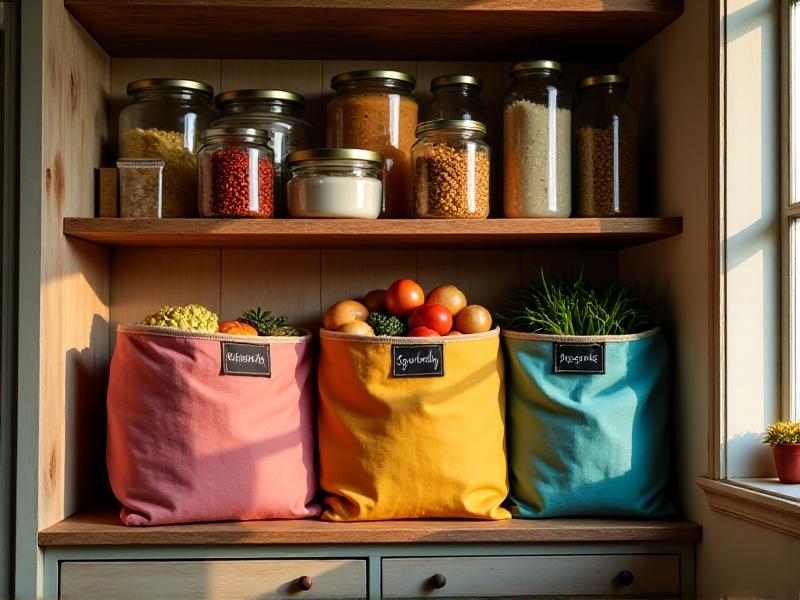Fermented Foods Temperature Control
The Science of Temperature in Fermentation
Temperature is the invisible conductor of fermentation, orchestrating microbial activity that transforms raw ingredients into tangy, probiotic-rich foods. Every microbe involved—whether lactic acid bacteria, yeast, or acetic acid bacteria—has an optimal temperature range for growth. Too cold, and metabolic processes slow to a crawl; too warm, and undesirable pathogens may thrive. For example, Lactobacillus species, crucial for vegetable ferments like sauerkraut, prefer 18–22°C (64–72°F), while yogurt-making strains like Streptococcus thermophilus demand a toasty 40–45°C (104–113°F). Understanding these preferences ensures not only safety but also texture, flavor, and nutritional quality.
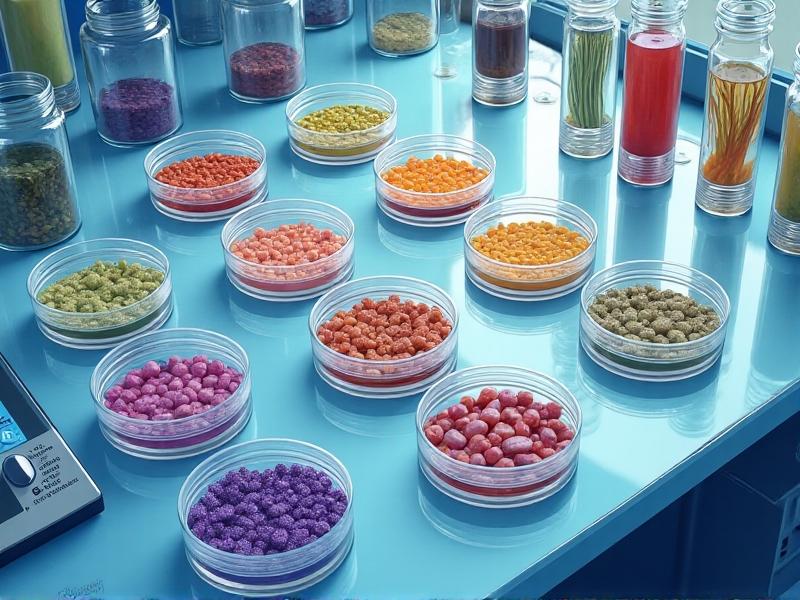
Optimal Temperature Ranges for Common Ferments
Different fermented foods require distinct thermal environments. Vegetable ferments such as kimchi and sauerkraut thrive at 18–22°C (64–72°F), where Lactobacillus outcompetes harmful bacteria. Dairy ferments like yogurt and kefir need higher heat—40–45°C (104–113°F)—to activate thermophilic cultures. For sourdough starters, 21–24°C (70–75°F) encourages a balanced yeast-to-bacteria ratio, while kombucha prefers a warmer 24–30°C (75–86°F) to balance acetic acid production and sweetness. Deviating even 5°C outside these ranges can alter fermentation speed, acidity, and microbial balance.
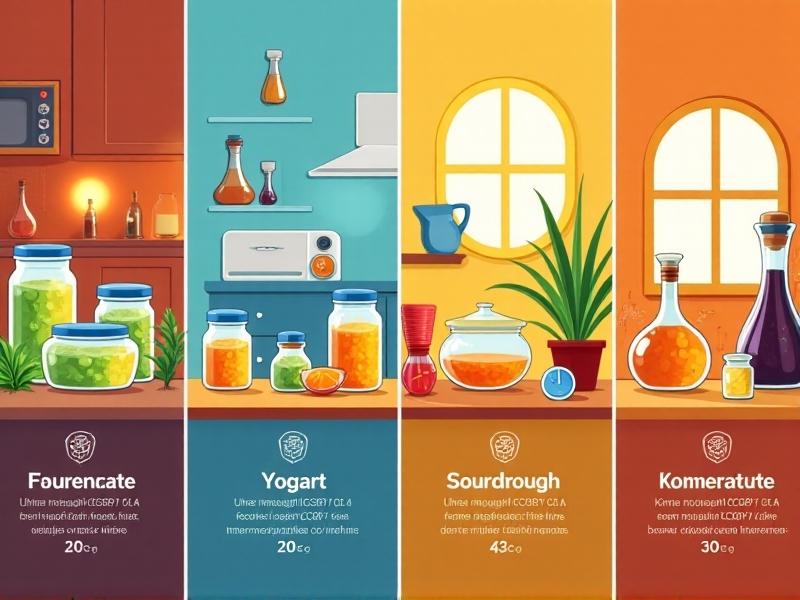
Seasonal Challenges in Maintaining Fermentation Temps
Seasonal shifts pose unique hurdles. In summer, ambient heat can accelerate fermentation, risking over-acidification or yeast dominance. Winter’s chill may stall microbial activity, prolonging fermentation timelines. Traditional workarounds include burying kimchi pots underground for insulation or placing sauerkraut near radiators. Modern solutions involve temperature-controlled mats or coolers with ice packs. For instance, fermenting miso in winter often requires a steady 25–30°C (77–86°F), achievable with a seedling heat mat. Adapting to these fluctuations preserves consistency year-round.

Practical Tools for Temperature Control
Precision tools simplify temperature management. Digital thermometers with probes provide real-time monitoring, while Wi-Fi-enabled temperature controllers adjust heat mats or cooling fans automatically. For small batches, repurposed equipment like rice cookers (set to “keep warm”) or insulated picnic boxes work surprisingly well. Commercial options include fermentation chambers—converted refrigerators with external thermostats—to maintain exact conditions. For example, tempeh production demands 30–35°C (86–95°F), achievable using a reptile heater in a styrofoam box. DIY enthusiasts often share designs for “fermentation stations” combining affordability and reliability.
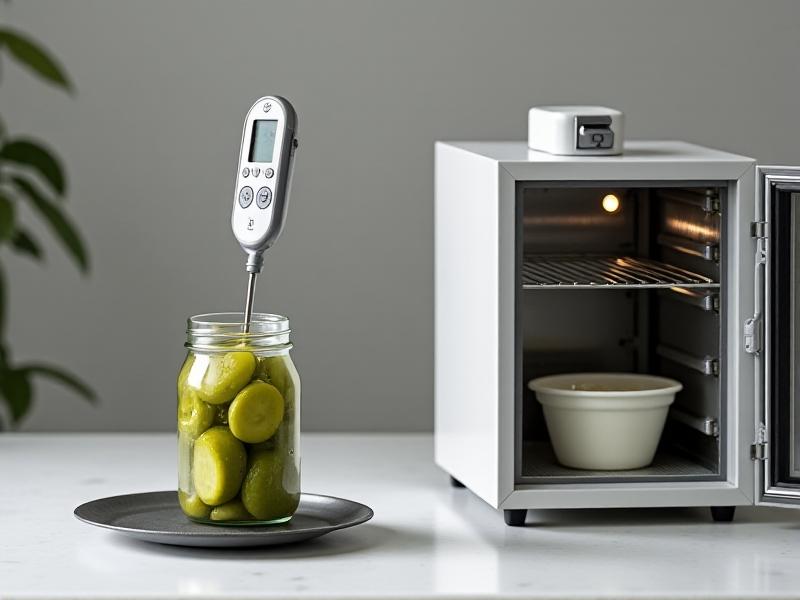
Troubleshooting Temperature-Related Fermentation Issues
Common temperature mishaps include sluggish ferments (too cold), overly sour results (too warm), or mold growth (fluctuating temps). If sauerkraut isn’t bubbling after a week, relocating it to a warmer spot may jumpstart bacteria. Conversely, overly tangy kombucha can be remedied by lowering the brew temperature by 2–3°C. Mold often arises when initial temps are too high, inhibiting beneficial microbes. Preheating jars, using starter cultures, and stabilizing room temps with HVAC adjustments can mitigate these issues. Documentation—tracking temps and outcomes—helps refine future batches.
